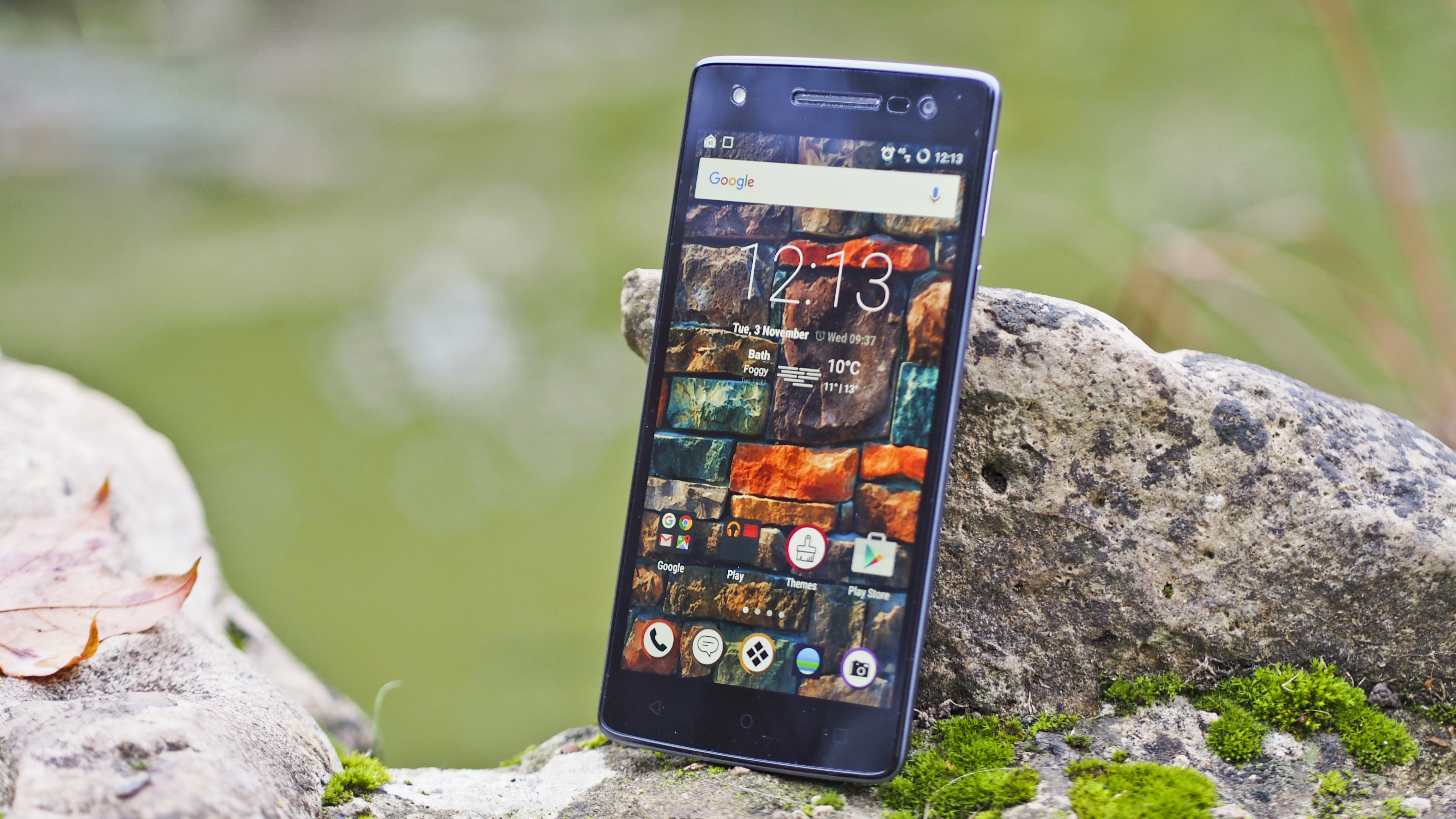TechRadar Verdict
With a great screen, snappy performance, refreshing OS and a strong camera the Wileyfox Storm is an excellent option for power users and more casual users alike at the price. Yet, with average battery life, it isn't quite perfect.
Pros
- +
Great screen
- +
Snappy performance
- +
Strong camera
Cons
- -
Average battery
- -
Sometimes fussy OS
- -
Weedy buttons
Why you can trust TechRadar
Update: Wileyfox has announced a series of new phones to sit alongside the Storm and the Swift. The Wileyfox Spark is the newest phone in the series but be sure to read the TechRadar review before you buy one. It may be cheaper, but it's certainly not better.
With the introduction of 2K screens on the likes of the LG G4 and the Samsung Galaxy S6, along with 64-bit processors in the iPhone 5S, flagship smartphone performance and specs have begun to plateau.
The upward trend of progress has begun to slow, especially as software becomes less demanding on hardware, and this development has had a marked effect on the budget end of the market.
If it's the case that the 'trickle-down' effect means new flagship features take at least two years to find their way down to the lower end of the market, then right now the budget market is experiencing the excitement of the flagship market circa 2013, at least to a degree.
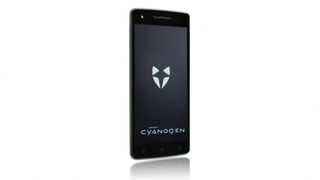
Larger batteries, bigger screens and jumps in resolution are coming with almost every passing month, and at ever-lower prices. And of these new, exciting handsets, the Wileyfox Storm is a special example.
British phone maker Wileyfox has only recently arrived on the scene, but – presumably taking the plunge before a feared deluge of cheap Chinese devices begins to hit western markets – the company is already making waves by offering well-specced devices at respectable prices.
The Storm is the more powerful of the two devices currently offered by Wileyfox, the bigger brother to the well-received Swift. Priced at £199, it's a bit more expensive than the Swift, which is going for around £129, but with that jump in price comes a more than commensurate increase in power and performance.
However, with a glut of devices currently available at a similar price point and offering similar or better specifications – and nearly all with trusted brand names behind them – can the Wileyfox Storm make a mark?
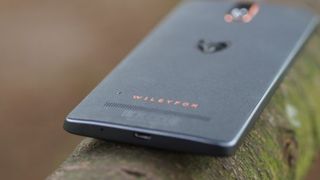
Design
Typically, design is the feature most readily jettisoned by phone manufacturers in an attempt to keep prices down. Around the £200 price point however, some small concessions to taste can be expected, and the Storm delivers in this regard.
The first thing I noticed when picking up the device was how solid it felt. With no give or flex in any aspect of its construction, despite being a phablet, the Storm feels worth every penny. At 155g it isn't heavy, and yet has a pleasing heft.
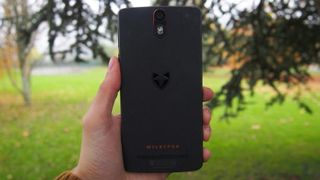
On the top of the device is the 3.5mm headphone jack. The left side of the Storm houses the microSD/microSIM slot. As well as being able to take cards up to 128GB, the microSD card tray can also be used to house an extra microSIM card, giving the Storm dual-SIM capability.
On the bottom of the device is the micro USB port for charging and data transfer. The right side of the Storm is home to two clicky, but rather thin and weedy buttons – the volume rocker, and the power button just below.
Each side of the device is encased in a matte plastic that feels grippy in the hand. This feel is continued on the back, which is comprised of a material not dissimilar to that found on the back of the OnePlus One and 2, with WileyFox even going so far as to call the colour 'Sandstone Black'.

The overall effect is that the handset feels comfortable, durable and, yes, premium in the hand.
Towards the bottom on the rear of the phone is a minimalist Wileyfox logo, along with the speaker grille, with a subtle fox branding towards the centre of the device.
At the top are the 20MP rear-facing camera and dual-LED flash, wrapped in a black gloss plastic with a bronze trim.
Above the 5.5-inch 1080p screen are a call speaker, the 8MP selfie snapper and a single front-facing flash. As a whole, the Wileyfox Storm feels very well put together, almost more so than rivals such as the Vodafone Smart Ultra Six and the Moto X Play.
For a device priced at only £199, so far so good. Wileyfox has done a stellar job of carving out a unique look for its range.

Display
When you pick up the Wileyfox Storm the size of the display is immediately noticeable. Unlike some flagships, such as the LG G4, that wear their phablet trappings lightly, the Storm is unashamedly large.
Putting the screen front and centre encourages certain expectations, and again the Storm delivers. The Full HD screen has a pixel density of around 400ppi, easily exceeding Retina territory. Reading, watching films and playing games are all a pleasure on such a large, detailed panel.
Although it doesn't quite reach the heights of the brilliant 2K AMOLED display on the Samsung Galaxy S6 Edge+, it certainly matches the likes of the iPhone 6 Plus and 6S Plus for quality.
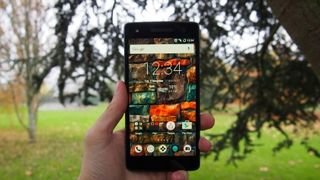
The exceptional colour accuracy of the display plays a big part here. Typically, especially when chasing higher resolutions, sacrifices are often made in order to keep costs down. In particular, LCD panels can suffer from poor calibration, often exhibiting an odd blue cast. The Storm suffers from no such problem.
Indeed, thanks to the customisation power of Cyanogen OS it's possible to tweak the colour calibration of the device to your personal tastes, or even try out 'adaptive' colour presets – although this latter option isn't exactly recommended, as it has a tendency to make whites either bright orange or blue depending on the time of day.
Being an IPS panel, the screen on the Wileyfox Storm also has excellent viewing angles, with no drop off in either brightness or saturation when watching content at extreme orientations.
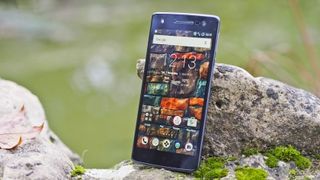
The Storm can also become nice and bright when in less than ideal viewing conditions, although the inbuilt auto-brightness control can be a little timid when altering settings for different situations.
All in all the display on the Wileyfox Storm is exceptional – and not just for the price but in general, matching the quality of devices more than double the price.
At this point, the only improvement that could feasibly be made would be to go AMOLED, which would mean a significant increase in price – although the likes of the OnePlus X have already gone in this direction.
Sean is a Scottish technology journalist who's written for the likes of T3, Trusted Reviews, TechAdvisor and Expert Reviews.

Phison unleashes 122.88TB '128TB-class' SSD that delivers PCIe Gen5 performance but we will have to wait till Q2 2025 for a proper review: D205V could rival the Crucial T705 on tests

Attackers retain old scamming tricks with new twists — and consumers must stay informed to protect themselves

NYT Connections today — hints and answers for Sunday, November 24 (game #532)
